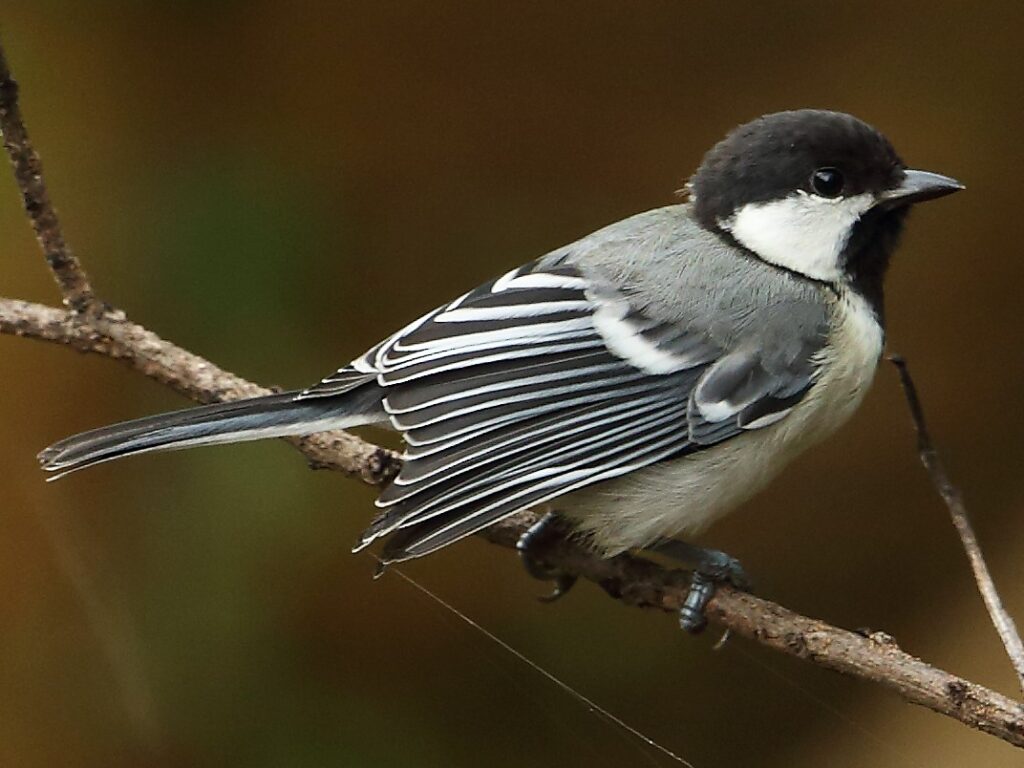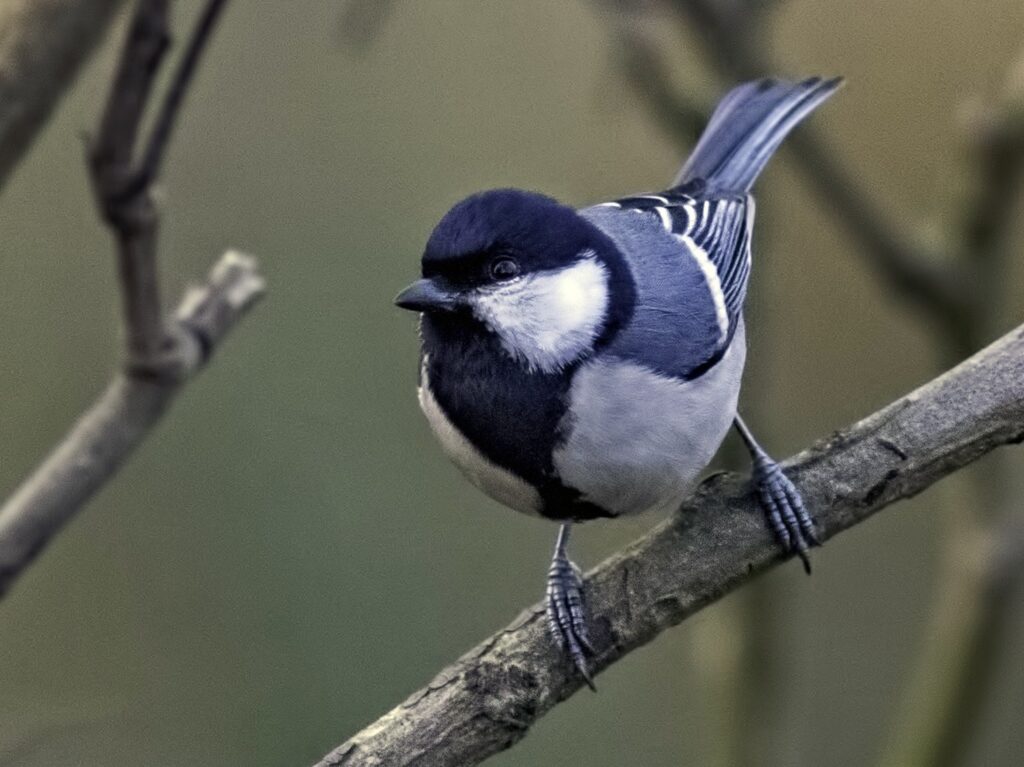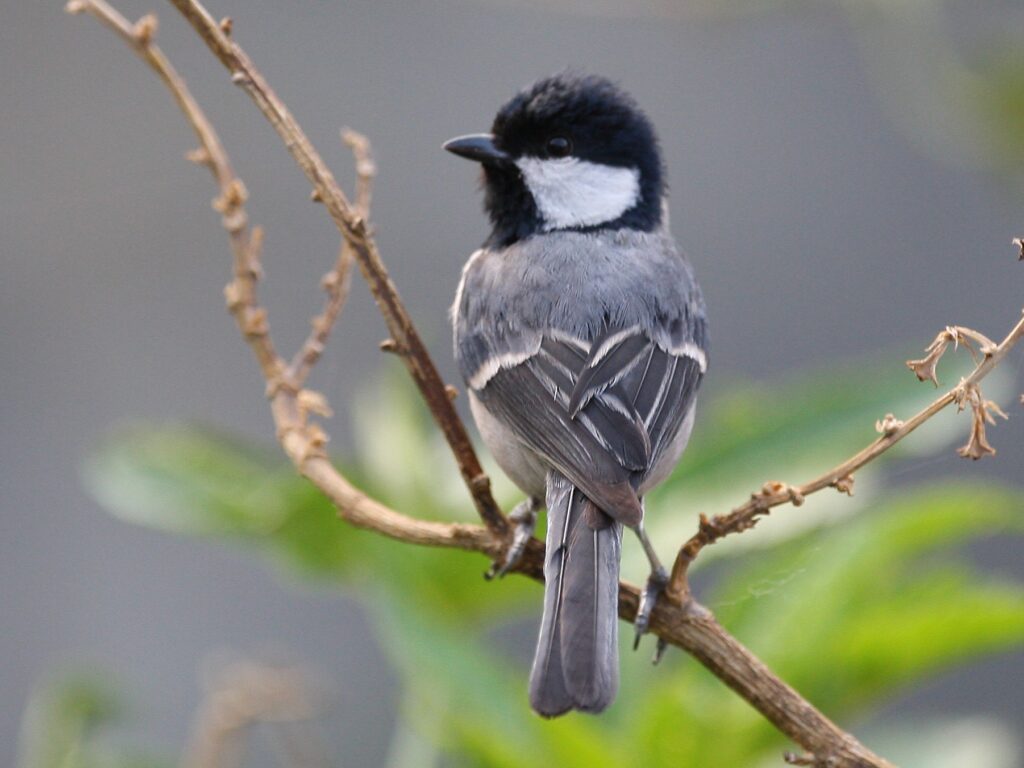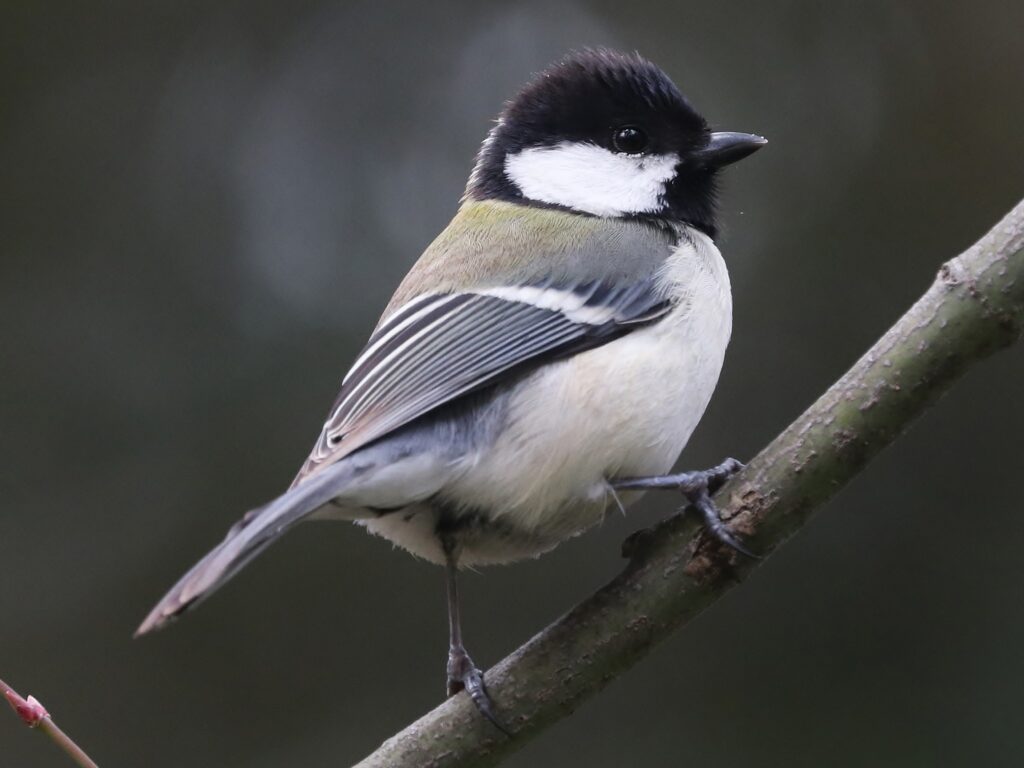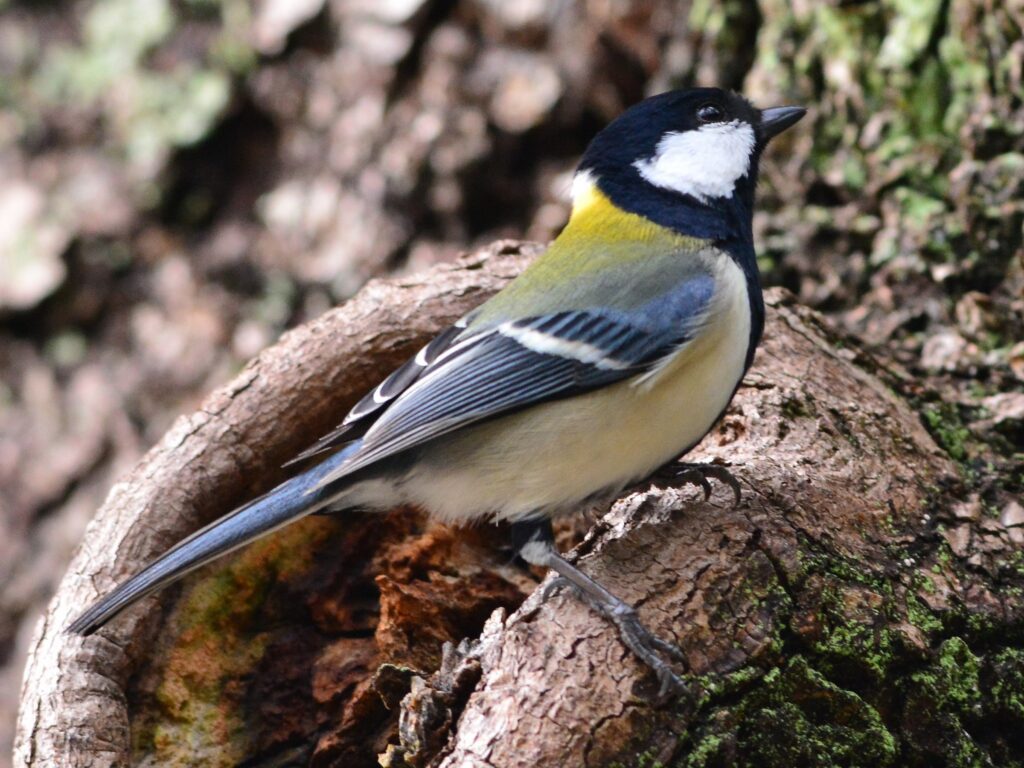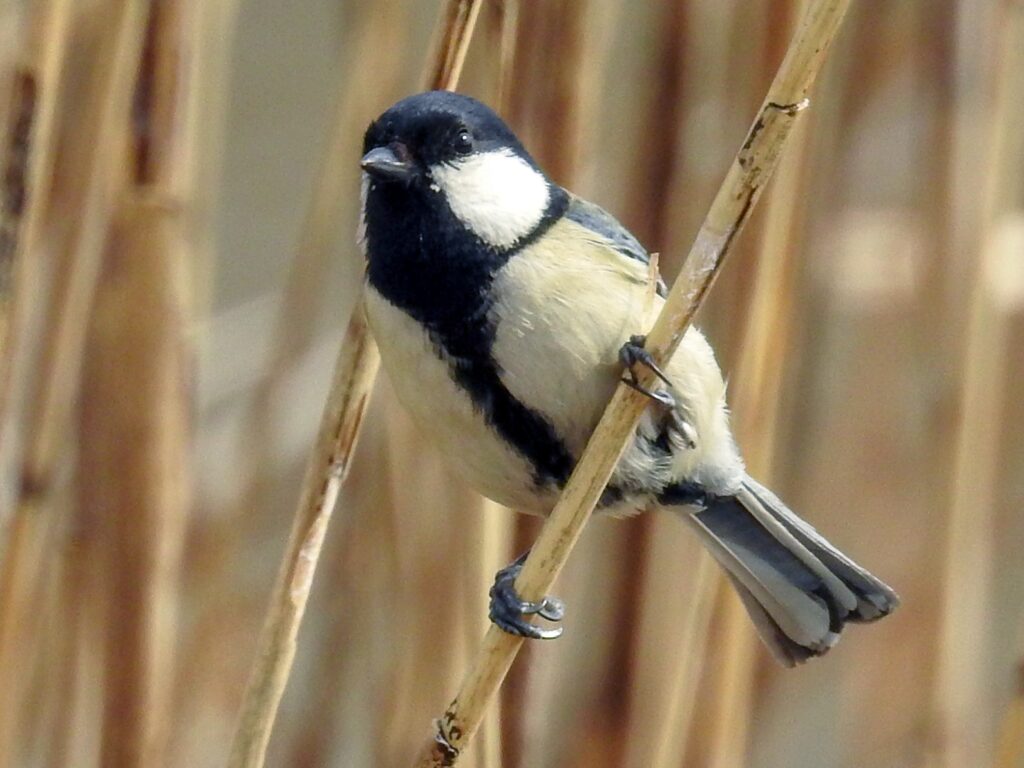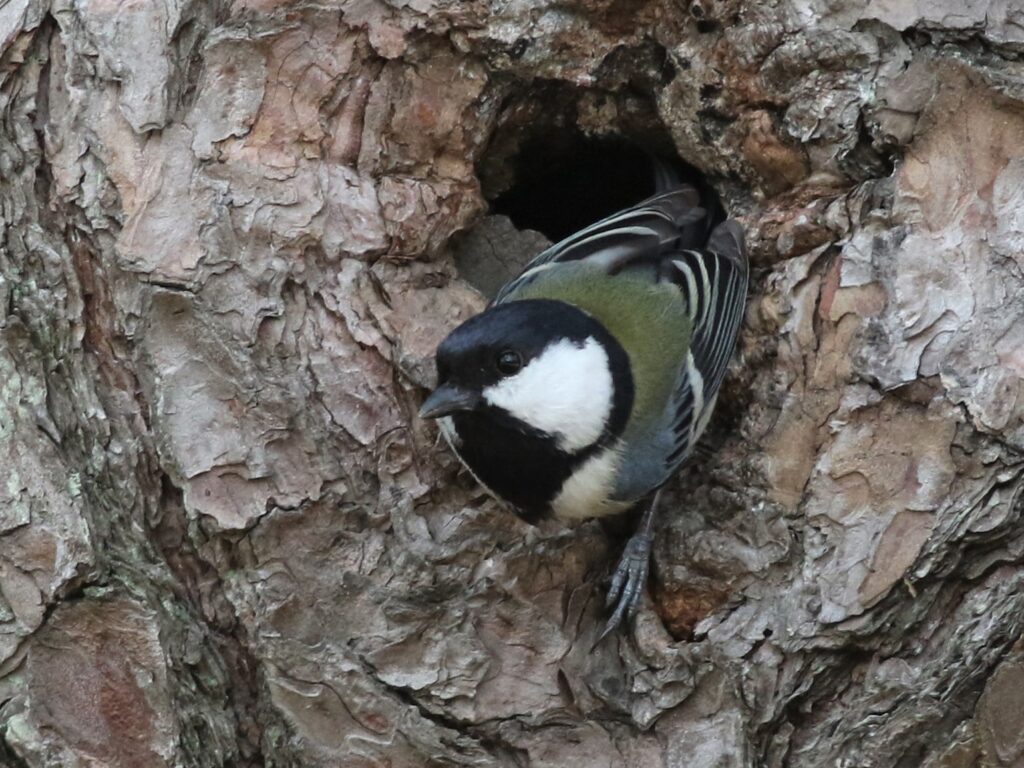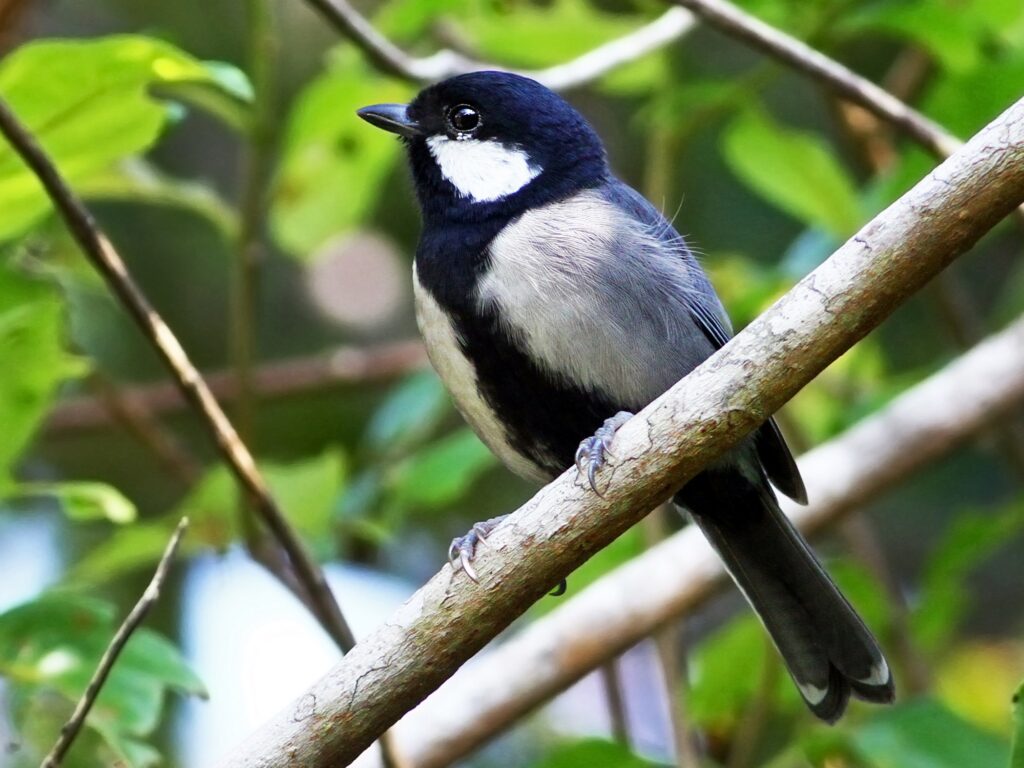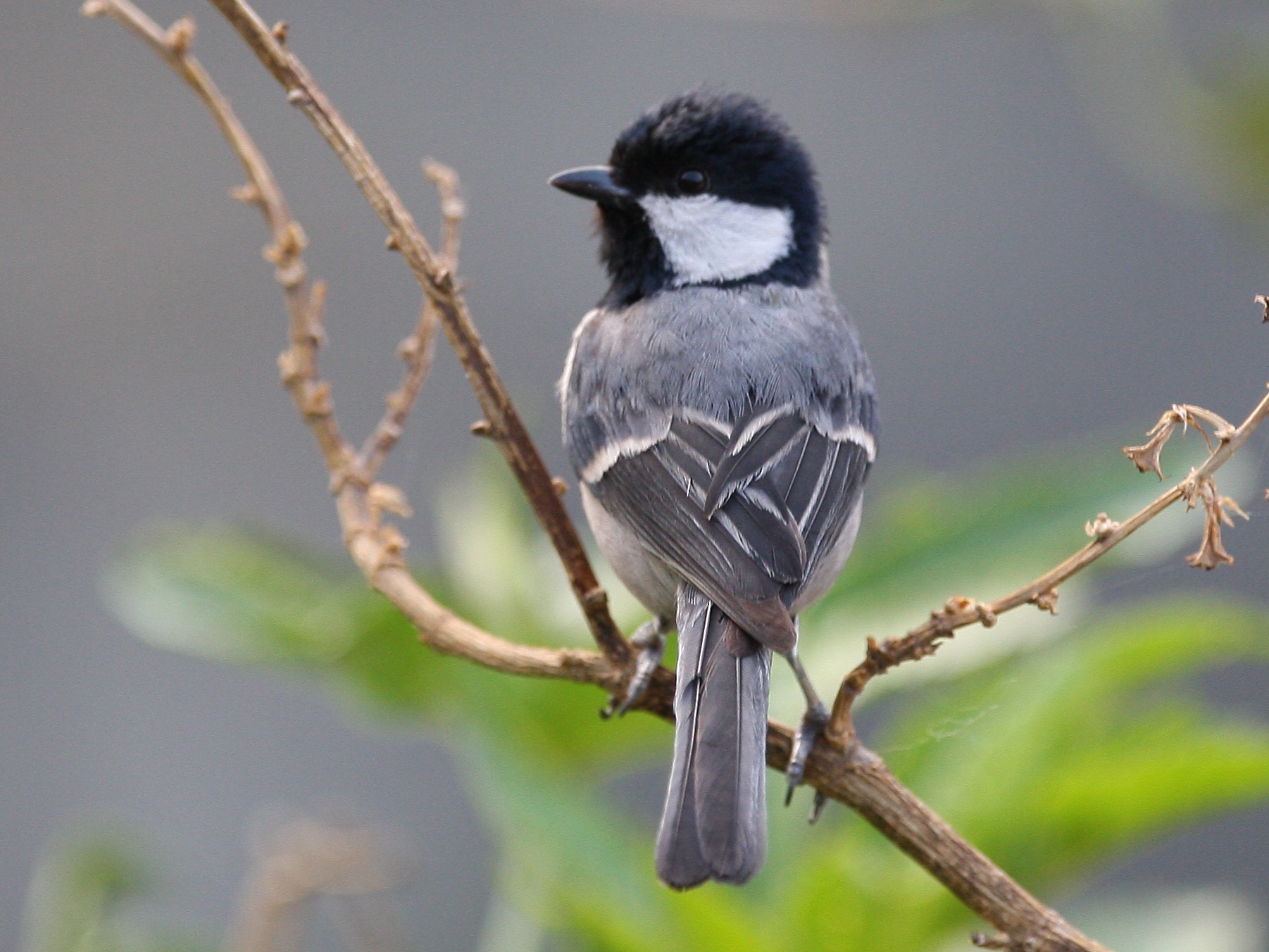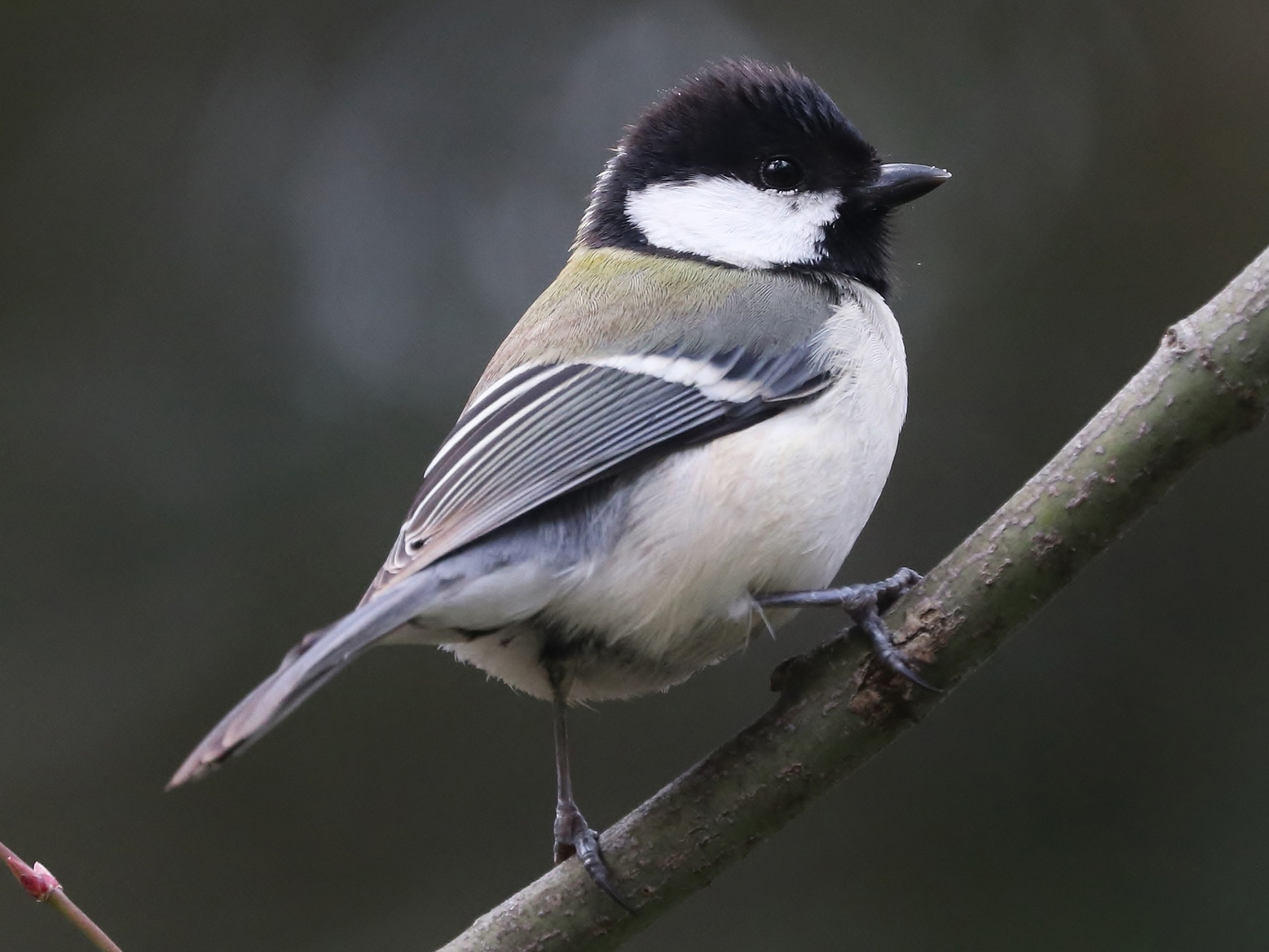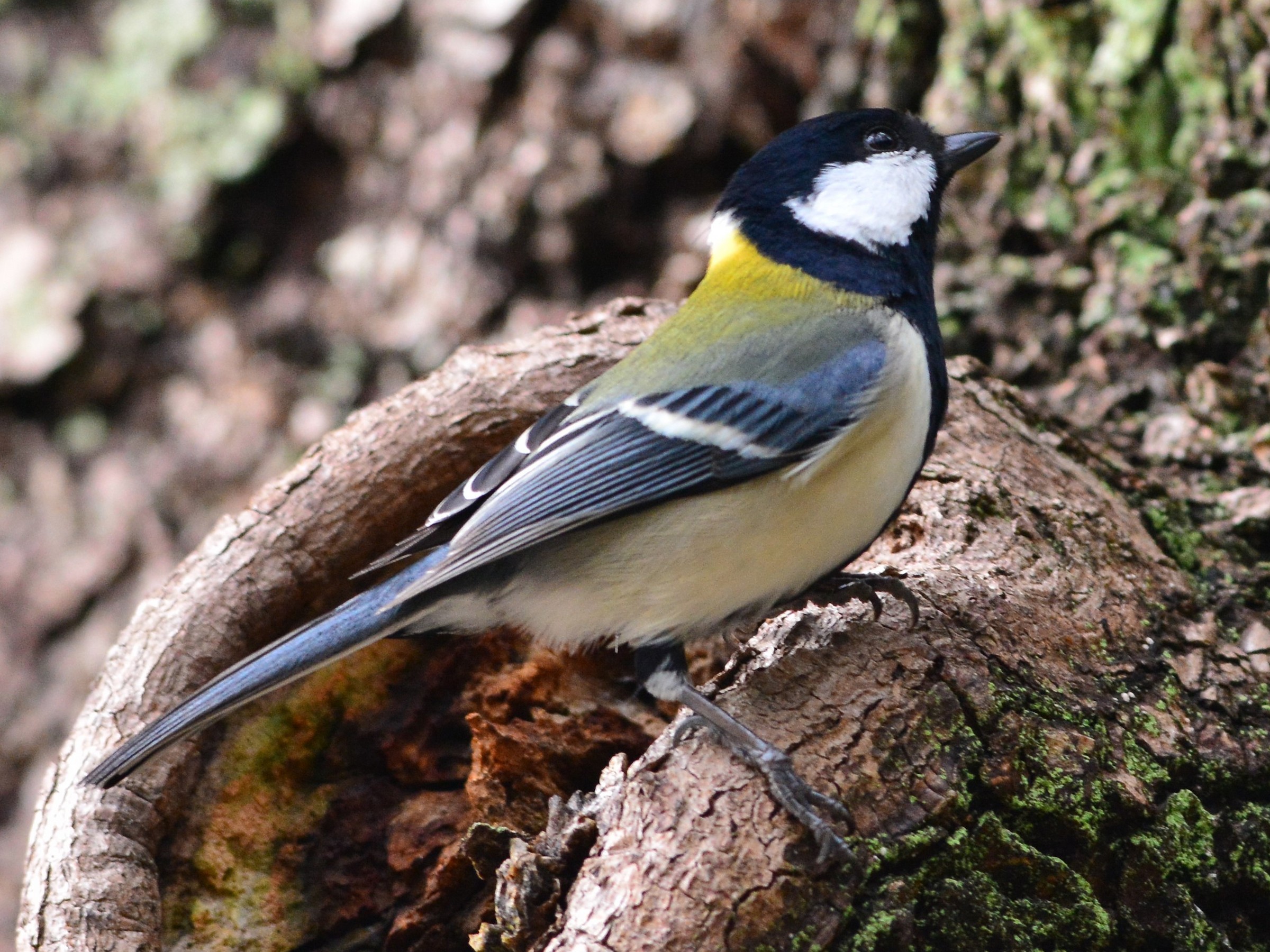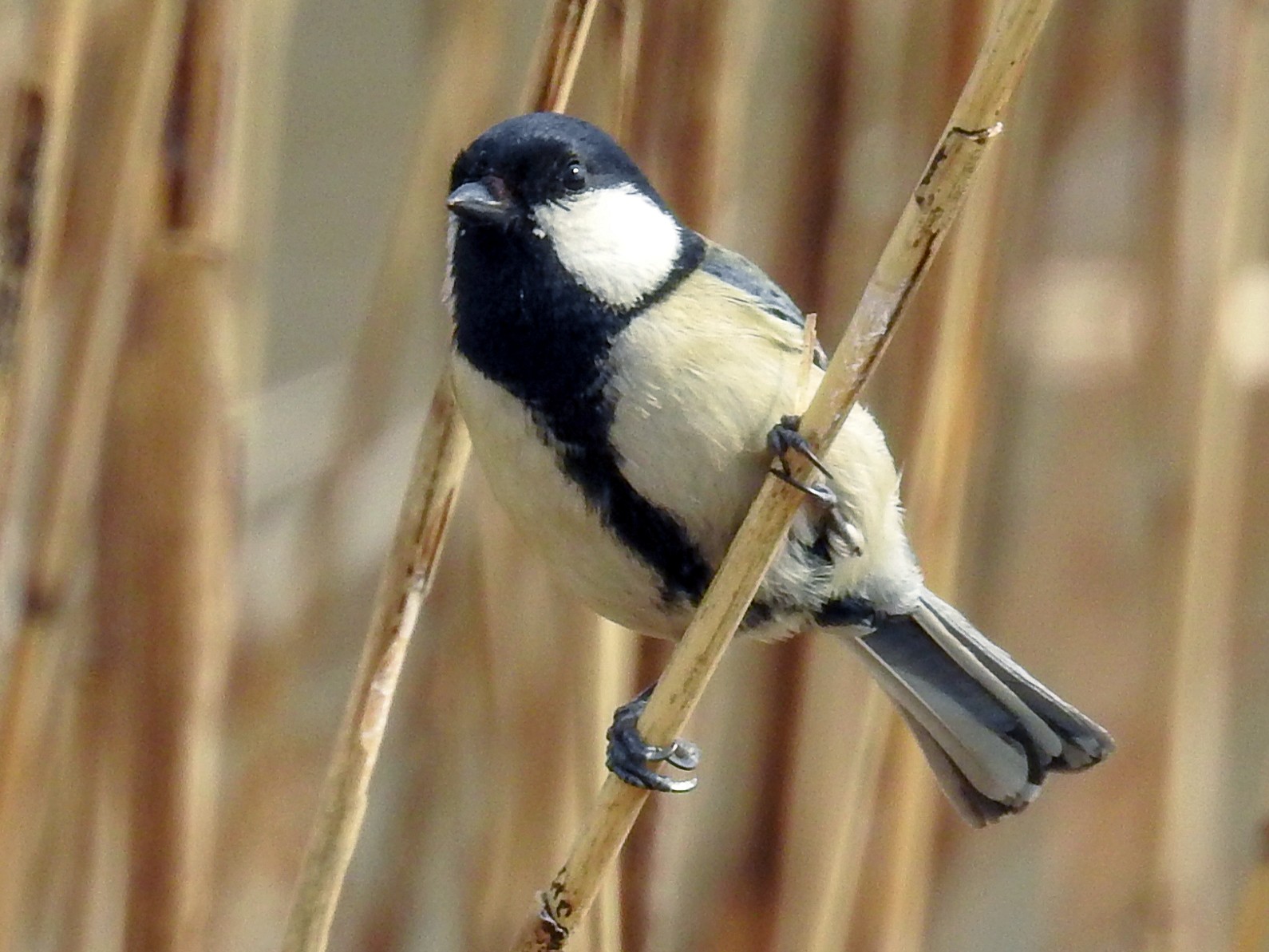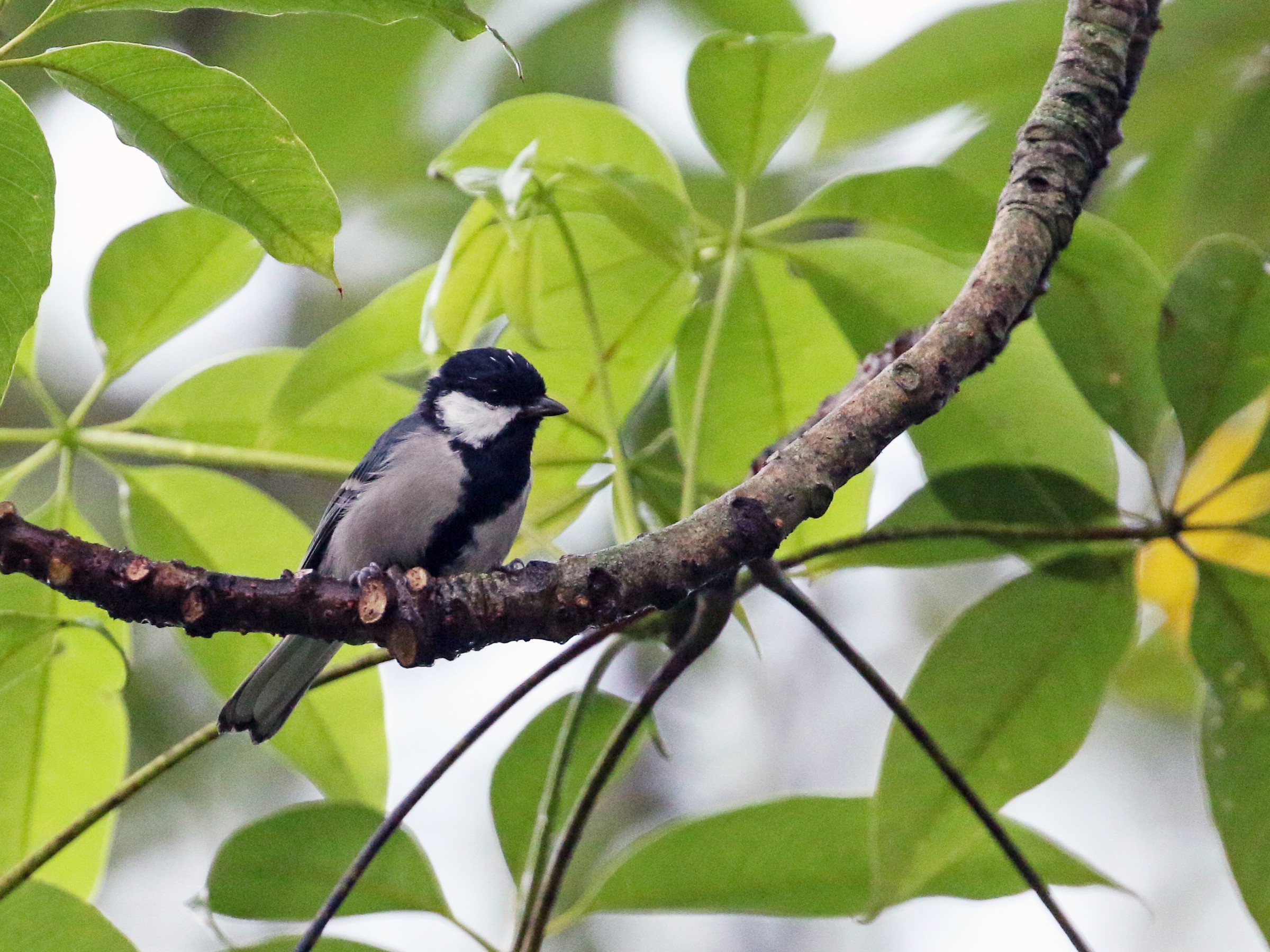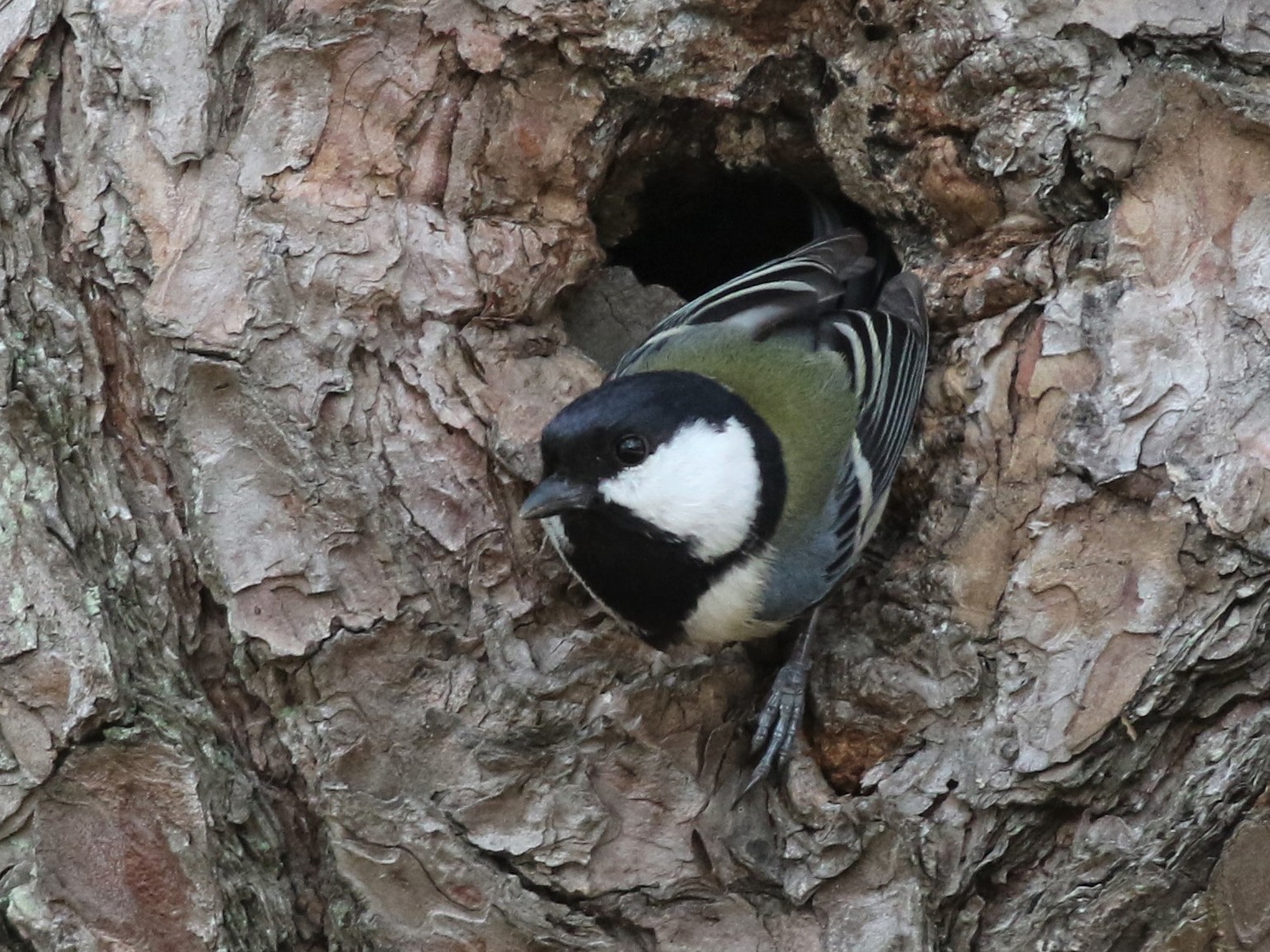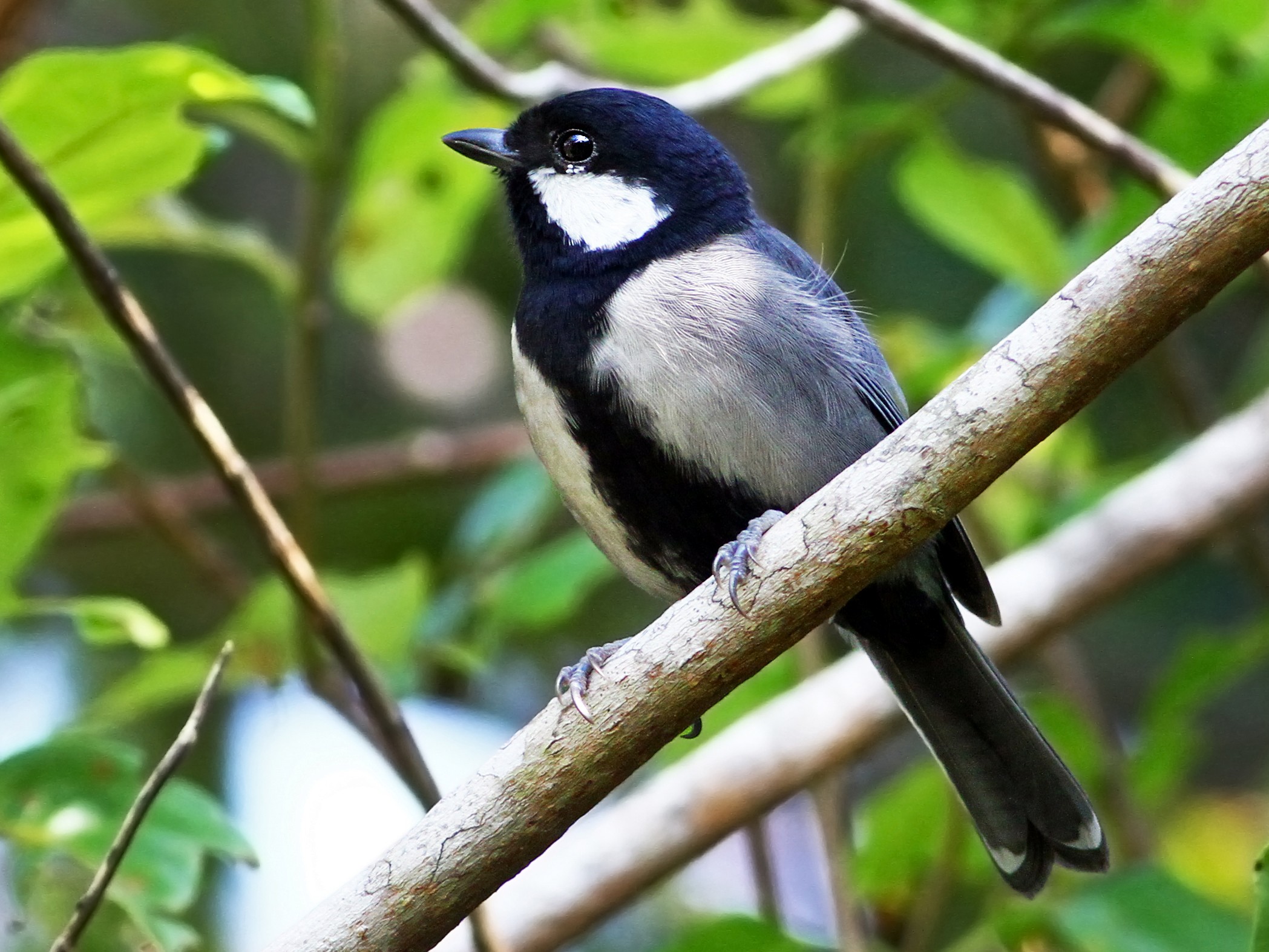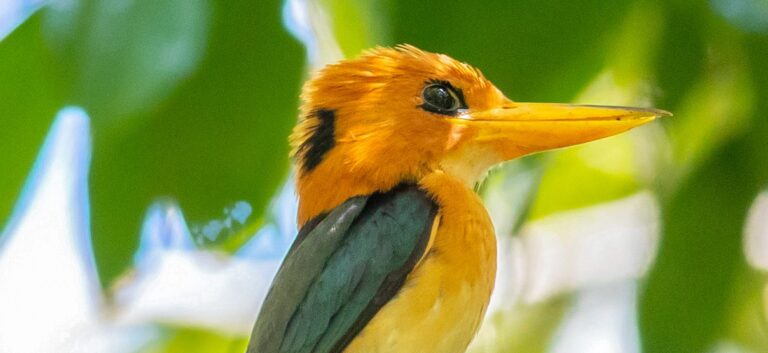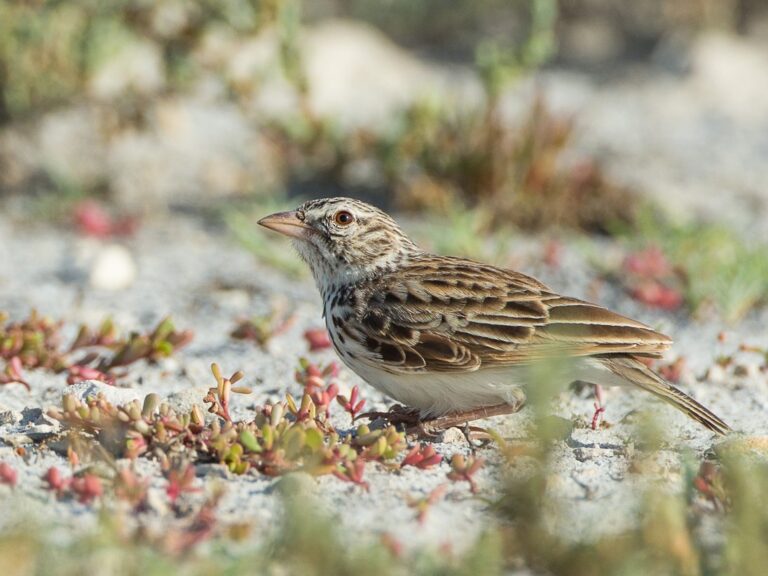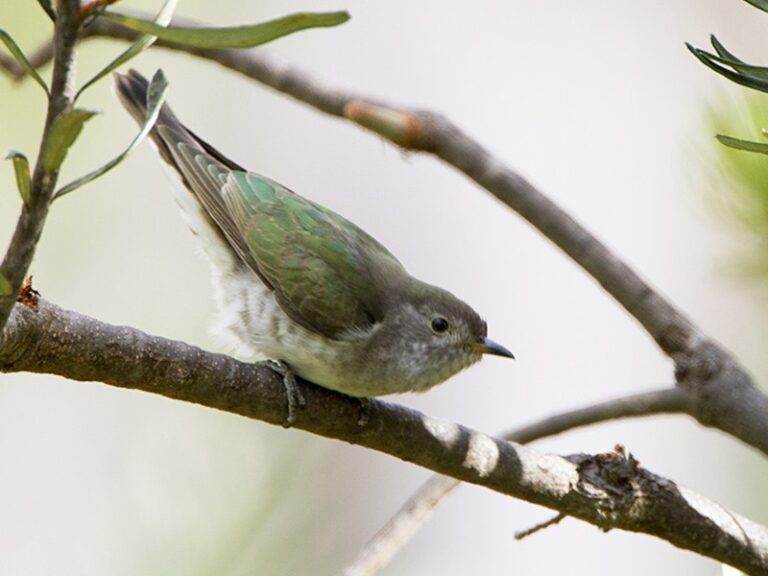Asian Tit: A Fascinating Look at a Unique Bird Species
The Asian Tit, a charming bird belonging to the Paridae family, captivates nature lovers and birdwatchers alike. These birds are known for their striking plumage and playful behavior, making them a delight to observe in their native habitats. Found mainly in forests and woodlands across East Asia, these birds play a crucial role in their ecosystems by controlling insect populations and assisting in seed dispersal.
In their social structure, Asian Tits exhibit fascinating behaviors, especially during breeding seasons when they build intricate nests. Their adaptability to diverse environments from urban parks to mountainous regions highlights their resilience in changing landscapes. Understanding the habits and characteristics of the Asian Tit not only enhances appreciation for this species but also emphasizes the importance of conservation efforts to protect their natural habitats.
Key Takeaways
- Asian Tits have distinct physical features that make them easily recognizable.
- They thrive in various habitats, showcasing their adaptability across different ecosystems.
- Conservation is essential to ensure the survival of Asian Tit populations in the wild.
Identification and Classification
The Asian tit includes several species within the Paridae family. Key characteristics help in identifying these birds. They usually have a robust body, a short neck, and a strong bill.
Common Species:
- Great Tit (Parus major): This species is easily identifiable by its distinctive black and yellow plumage. It is widespread across Asia.
- Varied Tit (Sittiparus varius): Known for its varied coloration, it displays a combination of black, white, and brown feathers.
Some tits in Asia show differences in their size and plumage based on their habitats. For example, those in dense forests may have more muted colors.
Identification Features:
- Size: Most Asian tits are small to medium-sized birds, often measuring between 10-15 cm.
- Coloration: Bright colors for social signaling and darker shades for camouflage.
Image Details:
When searching for images, look for stock photos that accurately represent the species. Ensure the dimensions of the images are appropriate for clear visibility. Standard sizes often include:
- Small: 800×600 pixels
- Medium: 1600×1200 pixels
- Large: 3000×2000 pixels
Choosing images that showcase these identification features enhances understanding of the species.
Habitat and Distribution
The Asian Tit, particularly the Great Tit (Parus major), is known for its adaptability to various habitats. It thrives in both urban and rural environments, including parks and gardens.
These birds prefer mixed woodlands, especially in areas with ample food sources. They are often found in fragmented urban forests, such as those in Seoul, South Korea, where they adapt well to human presence.
Key Habitat Characteristics:
- Tree Density: Great Tits prefer areas with a mix of tree heights.
- Food Availability: They rely on insects, seeds, and fruits for nourishment.
- Shelter: Nesting sites in tree cavities or artificial structures are preferred.
In terms of distribution, Great Tits are widespread across Asia. They can adapt to varying climates, which affects their breeding patterns.
Research indicates geographic location impacts their breeding parameters, such as clutch size. In certain Asian regions, clutch sizes may vary based on habitat conditions.
As they continue to adapt to changing environments, studying their habitat preferences can provide insights into their ecological roles. For more detailed observations, there are various videos showcasing their behavior in different habitats.
Reproduction and Lifecycle
The Asian Tit, known for its adaptability, has a distinctive reproductive cycle. Breeding typically occurs in spring and early summer.
Nesting:
They build nests in tree cavities or nest boxes, often using materials such as moss, feathers, and plant fibers.
Egg Laying:
A typical clutch contains 5 to 8 eggs. The eggs are often white or light brown, with occasional speckles.
Incubation:
The female incubates the eggs for about 12 to 14 days. During this time, the male often brings food to the female.
Chick Development:
Once hatched, the chicks are altricial, meaning they are born helpless. They rely on their parents for food and care for about 18 to 21 days before fledging.
Feeding:
Both parents feed the chicks with insects and seeds, helping them grow strong for independence.
After fledging, young birds stay with their parents for a while, learning to find food and avoid predators before becoming fully independent.
The Asian Tit’s lifecycle highlights its adaptability and strong parental care, crucial for survival in various environments.
Conservation Status
The conservation status of the Asian Tit varies by region and species. Many species within this group face habitat loss due to urbanization and deforestation.
Threats
- Habitat Destruction: Deforestation for agriculture and development reduces available nesting sites.
- Climate Change: Changes in weather patterns can affect food sources and nesting success.
- Pollution: Contaminated habitats can impact their health and reproductive rates.
Current Assessments
Some species of Asian Tit are classified by national conservation statuses, independent of global assessments. Research shows that many species lack enough data to determine their exact conservation status. This gap in knowledge makes it hard to plan effective conservation strategies.
In the East Asian-Australasian Flyway, migratory birds face additional challenges, including hunting pressures and habitat degradation. This affects their populations and raises concerns about their long-term viability.
Important Actions
Conservation efforts must include habitat restoration and protection. Creating awareness about the importance of these birds can also help. Engaging local communities in conservation efforts is vital for success.
By addressing these issues, stakeholders can work towards improving the conservation status of the Asian Tit and ensuring its survival for future generations.
Photography and Documentation
Capturing images of the Asian Tit is important for both research and education. High-quality photographs can aid in identifying various species, their behaviors, and habitats.
Stock Images
Stock images can serve as a valuable resource for those studying Asian Tits. These images are often available through various online platforms where photographers share their work.
File Size and Resolution
When selecting images, file size and resolution matter. High-resolution images allow for clear details, making it easier to observe features that distinguish the Asian Tit from similar species. Typically, a resolution of at least 300 DPI is recommended for print quality.
Image Details
Including details such as location, date, and time of capture enhances the value of the images. This information provides context that can assist in research and documentation efforts.
Maintaining a well-organized collection of photographs can help researchers track changes in populations and habitats over time. Such documentation can contribute to conservation efforts for the Asian Tit.
Through effective photography and documentation, individuals can increase awareness and understanding of this unique bird species. This, in turn, supports efforts to protect their habitats and ensure their survival.
Cultural Significance
The Asian Tit, known for its adaptability and striking appearance, holds cultural importance in various Asian societies. Its presence is often celebrated in art and folklore.
In many regions, the Asian Tit symbolizes joy and good fortune. It appears in traditional paintings and literature, representing positivity and resilience.
Cultural Practices:
- Festivals: In some cultures, the sighting of this bird is associated with good luck during harvest festivals.
- Literature: The Asian Tit features in poems and stories, often embodying traits like cheerfulness and adaptability.
Additionally, the bird plays a role in traditional medicine. Its feathers and behavior are used metaphorically to convey messages about happiness and perseverance.
Conservation Efforts:
As urbanization increases, the Asian Tit’s habitat is threatened. Many communities are advocating for its protection, linking the bird’s well-being to broader environmental health. Maintaining these bird populations is seen as preserving cultural heritage.
In some areas, ecotourism is promoted, offering discounts on activities related to bird watching that include the Asian Tit. This strategy fosters both environmental awareness and cultural appreciation.
Through art, literature, and conservation, the Asian Tit remains a vital part of the cultural landscape in Asia.
Frequently Asked Questions
Asian tits are diverse birds with unique behaviors and adaptations. These birds thrive in various habitats across Asia and display interesting feeding, breeding, and plumage differences. Below are some common questions and answers about Asian tits.
What is the typical habitat of tits found in Asia?
Asian tits can be found in a range of habitats, including forests, woodlands, and urban areas. They often prefer areas with dense vegetation, where they can find food and nesting sites. Some species are also known to inhabit agricultural landscapes.
How do the feeding habits of these birds vary across the continent?
The feeding habits of Asian tits vary depending on their specific species and available food sources. Many primarily feed on insects, seeds, and berries. Some tits adapt their diets based on seasonal changes and local food availability, showing flexibility in their feeding strategies.
Can you describe the breeding and nesting behaviors of these species?
Asian tits typically breed during the warmer months. They build nests in tree holes, shrubs, or artificial structures. Courtship displays often involve vocalizations and physical displays. After laying eggs, both parents often participate in incubation and feeding the chicks.
What are the notable variations in plumage among Asian tits?
Plumage variations among Asian tits can be striking. Different species exhibit a range of colors, from bright yellows and blues to more muted browns and greens. These color patterns help with camouflage and can play a role in attracting mates.
How do these birds adapt to different climatic conditions within Asia?
Asian tits have developed various adaptations to thrive in diverse climates. Some species migrate to cooler areas in search of food, while others can adjust their breeding cycles based on local weather patterns. Their flexible diets also aid in surviving harsh conditions.
What conservation efforts are in place to protect these birds and their habitats?
There are ongoing conservation efforts to protect Asian tits and their habitats. These include habitat restoration projects, protection of breeding sites, and public awareness campaigns. Organizations work to monitor populations and promote sustainable practices in areas where these birds live.

